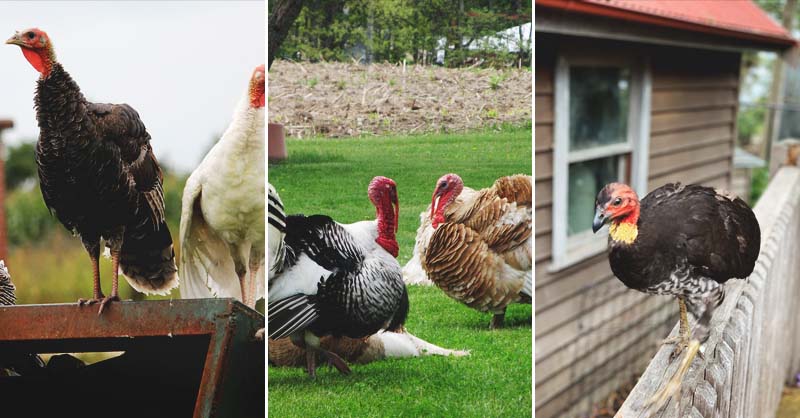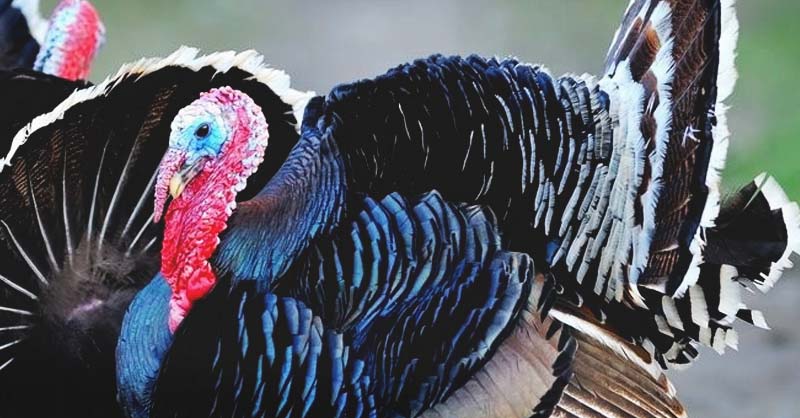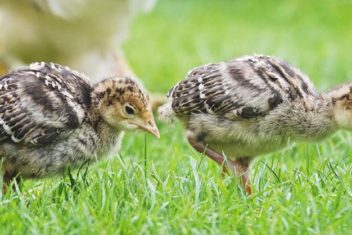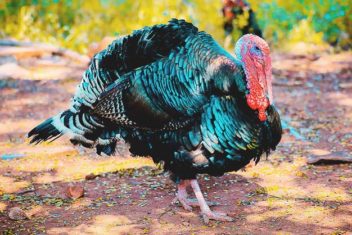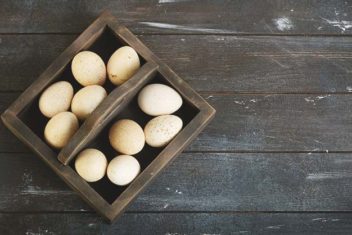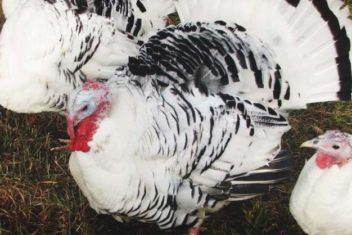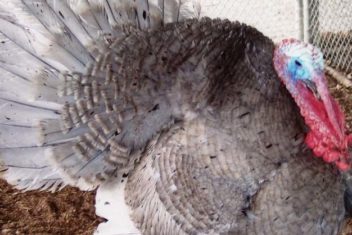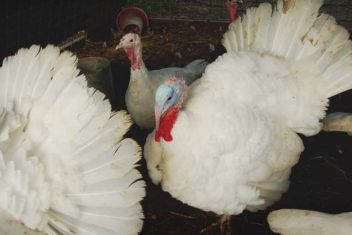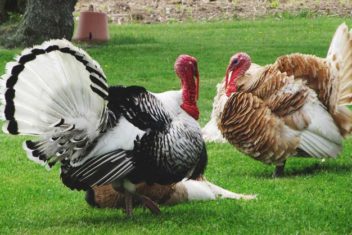Woodford, a Bourbon Red heritage breed turkey, roosts on the railing on our back stoop each night. In the morning, as soon as he hears me moving around inside the house, he pecks on the pane of our screen door.
Tap, tap, tap… until I open up the door and come out to greet him. I squat down on the stoop and Woodford snuggles into my arms. I pet his large, fluffy breast area, scratching under the feathers. He puts his head over my shoulder, deepening in our embrace.
We hug like this for several minutes, until he has his fill of pets and wants me to get him a handful of scratch. I didn’t plan to have a pet turkey. I actually started raising heritage breed turkeys for meat. But, before I even got my turkeys to size, it became obvious that turkeys were not going to be a sustainable source of meat or eggs for us or for selling at a market.
Now, don’t get me wrong, even though I love Woodford, I am not opposed to processing animals for meat. I have processed plenty of turkeys. Most of them are not as amiable as my pet turkey, which makes it a bit easier to do. But, there are some big reasons why turkeys aren’t so common on modern homesteads.
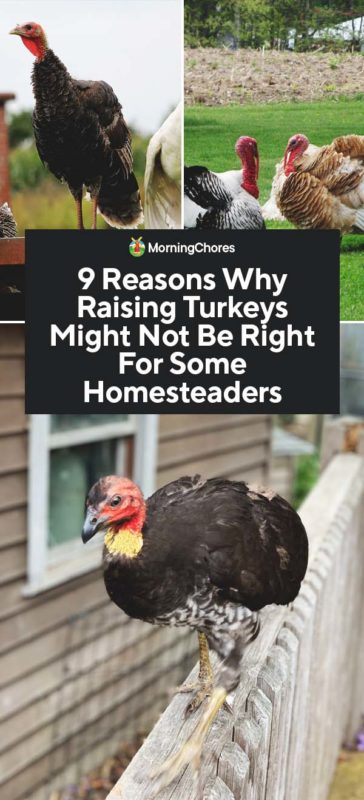
1. Higher Purchase Price
Turkey poults are rarely available at farm supply stores. Individual turkey breeders are also hard to find. So, most people get turkey chicks, also called poults, by mail.
On average, you’ll pay $6-12 for a turkey poult, depending on the breed. Plus there will be additional shipping costs. Per bird costs are higher on average than chickens. Also, turkey poults are more susceptible to dehydration, starvation, and stress from temperature changes during shipping than your ordinary chick would be.
Similar to raising ducks sent by mail, you’ll have much better survival rates out of the box and in the brooder if you buy from hatcheries that can ship to you within 1-2 days instead of 3 days. I try to buy from hatcheries that are within a days drive of my homestead so I know the odds are better of my poults arriving alive.
2. More Work Brooding
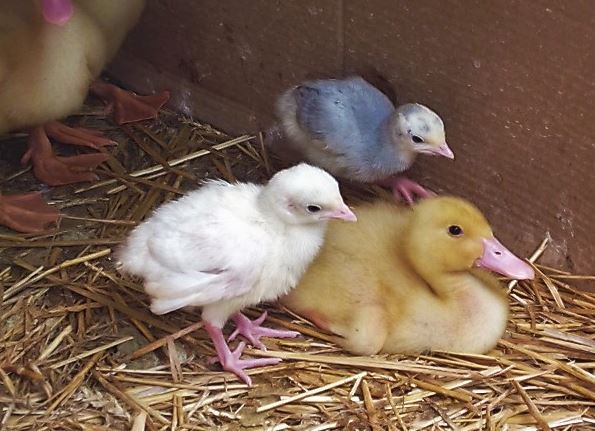
Turkey poults are more sensitive to temperature changes and over-crowding than other homestead poultry types. For the first three weeks of a turkey’s life, they will require intensive care to ensure good survival rates.
Turkeys grow tall very quickly which means they need more brooder space at the outset to ensure good health. They also have very sensitive lungs and require better ventilation than hardier chickens or ducklings.
Frequent refreshing of litter is necessary. Ensuring that the litter stays dry is important. Also, the brooder needs sufficient airflow to dissipate ammonia from the litter. But, drafts must also be limited to avoid temperature-related stress for poults.
Many turkey poults are also slow to learn to drink and eat on their own. You may need to put their beaks in water and show them the food more than a time or two before they catch on. Poults that have slow growth rates or are sluggish need to be showed food and water several times each day until they catch up.
3. Sold as Straight-Run
Most turkeys are sold ‘straight run.’ This means you will get both male and female turkeys in your order. Whether you are raising your turkeys for meat, eggs, or to breed, this can create some problems.
Straight-Run Complications with Meat Turkeys
Regardless of which breed you choose, there are significant differences in size between males and females. For broad breasted turkeys, most commonly used as a meat source, males can top out at around 45 pounds while females finish growing at about 25 pounds in 5 months.
For many heritage breeds, males can top out in the 35-pound range. But, it takes longer than 5 months to reach that size. Heritage breed turkey hens (females) rarely make it to preferred table turkey size of 15-20 pounds on average before the meat becomes less tender. So, they are usually processed much smaller.
Generally, from a home-processing perspective, this means you’ll need to process male turkeys earlier to get them at a size that will fit in a freezer and an oven. Or, you’ll need to break down your carcass into parts for storage.
For female turkeys, you’ll need to feed and keep them alive much longer to get to the weight most people prefer in a turkey. Or, you’ll need to harvest them closer to chicken size if processing at the same time as the males.
Personally, as a female homesteader doing my own processing, I find that processing turkey at about 15 pounds is ideal. At larger weights, they tend to be more difficult to subdue for decapitation or for lifting into a kill cone.
Since my goal is to have a quick, respectful death for any livestock I process, ducks and chickens are simply much easier for me to humanely process than mature turkeys. For large male turkeys, you may want to consider using a stunning device even though they are not legally required for humane poultry processing.
Straight-Run Complications with Laying Turkeys
If your point in ordering turkeys is to raise them as egg layers, keep in mind that you only need one male turkey for every four female turkeys for good egg fertilization. As with chickens, you don’t need any males if you simply want eggs.
So, you will need to process, sell, or otherwise dispose of any extra male turkeys that come in your mail order. Even though hatcheries say they average 50% male and 50% females, in my past orders, I’ve had 75%-100% males. This is great for meat production, but not great if you want female egg layers.
4. Seasonal Layers
While we are on the subject of raising turkeys for eggs, something else to be aware of is that turkeys are not good egg layers in general. They are seasonal layers, which means they lay during the mating season only.
You may get a few offseason eggs, if you are lucky. Generally though, you should only expect eggs in spring and summer. On the high side, you’ll get 100 eggs per year. But many turkey keepers average closer to 60-80.
If your goal is to hatch those eggs for commercial-type broad breasted turkeys, you’ll need to use artificial insemination to ensure egg fertility. Those kinds of turkeys are no longer able to reproduce regularly without assistance.
Heritage breeds can reproduce naturally. However, they often have a strong tendency towards getting broody. As a result of those natural instincts, they will go to great lengths to hide their eggs in a secret nest to keep them from you.
For best results, you need to confine laying turkeys to locations that don’t have a lot of options for potential nesting areas. Then, they are more likely to use the nests you provide to make egg collecting easier. Many people use large dog-kennel type spaces for this purpose.
5. Good Mothers are Hard to Find
As I mentioned earlier, turkeys require a lot of tender, attentive care for at least the first three weeks of life. Just like not all of us poultry keepers are in for that much work, the same seems to be true of turkey hens.
Some turkey hens have effective nurturing skills. Some simply do not. Many turkey moms seem to lose interest after a few days even though their babies still need patient mothering.
You can improve your success rate by confining the turkey moms and chicks to their own dedicated brooding area. Then, for naturally neglectful moms, be prepared to step in and assist with chick care just as you would if you brooded them without a turkey hen.
For best results, do not leave your turkey hens and their chicks in with the rest of your poultry population for the first few weeks.
6. Curiosity Kills Turkeys
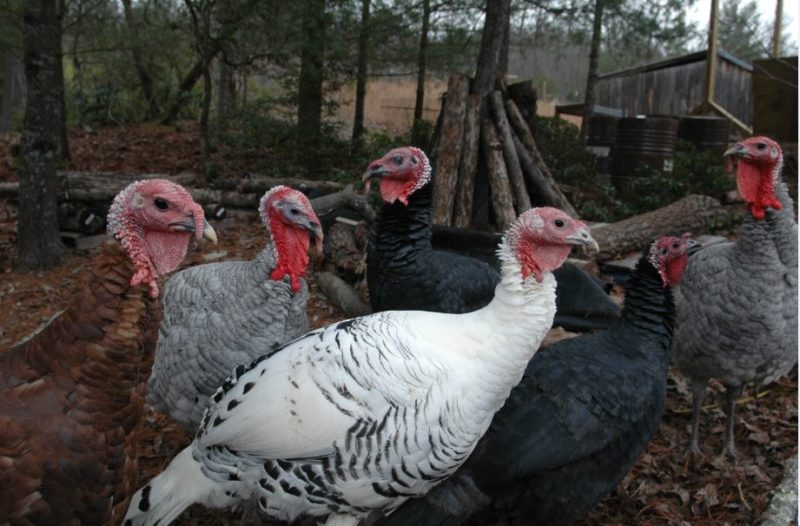
There’s an old saying that turkeys are so dumb they can even drown in the rain. Well, I don’t agree with the “dumb” part. But all the turkeys I have known have been full of curiosity. Like cats, their curiosity does seem to get them into predicaments they don’t survive.
My first losses came when 5 turkey poults, not even 2 weeks old, flew over a 6-foot divider in my greenhouse to get to the other side. Three of them managed to get inside the lidded barrels we use as heat mass and drown. Another knocked over a shovel and was lethally injured.
Then, much later, a posse of bold turkey explorers ventured deep into the woods that surround our house. All my other poultry seemed to have the natural instincts to stay in our 2.5 cultivated acres. I think the turkeys, though, couldn’t resist the lure of their genetically preferred habitat.
This group went so far into the woods that they got lost. Then, they made a huge racket to get me to fetch them. I did. Unfortunately, it took me a while to get through the briers and rhododendron. By the time I found them, several had been attacked by predators due to all the noise they were making.
After that, I realized the only way to raise turkeys with any kind of decent return rate was in total confinement.
7. Expensive Tastes
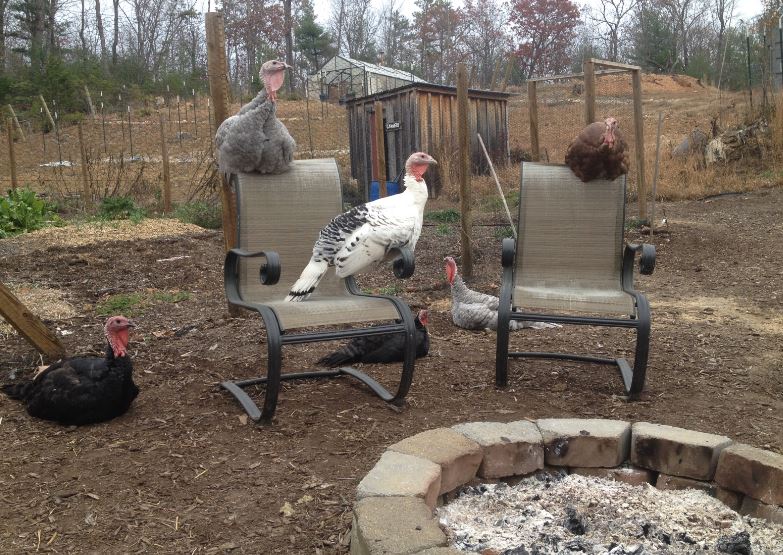
Turkeys also require higher protein feed for good development. They will need game feed or 28-30% protein feed until they are full-grown. Since that costs significantly more than chick and chicken feed, that means it costs you more to feed them.
On top of that, turkeys take about 3.5-4 pounds of feed per pound of weight they gain. This is a much higher ratio than you get from chickens (2.5:1) and is even a bit lower than you get from ducks (3:1).
In fact, it’s about the same feed to meat ratio as you get when you raise pigs. Pig food, though, is much cheaper than game bird feed. So, if you want cheap meat, turkeys are a terrible choice.
On the whole, raising turkeys for meat is costly meat per pound. Which is why we generally treat it as a special occasion food (or, hunt for wild turkeys).
8. Turkeys Terrorize Other Poultry
Once they leave the brooder, my chickens and ducks free range together in perfect harmony. Turkeys, however, seem to take great pleasure in terrorizing other poultry. So, they can’t join my regular flock in free-ranging.
Here’s an example of what can go wrong when raising turkeys and you mix them with other poultry.
Isabelle (Izzy), a Spanish Black that I kept for breeding (may she rest in peace) was relentless in attacking my male Muscovy ducks whenever they would mate my female ducks. Unfortunately, after months of doing this, one of my male ducks decided to mate Izzy instead.
He mounted her, she got away. He tried again, she escaped. So, then he picked her up, flew her into our pond and mated her there. I rescued her from the pond, but she’d already inhaled too much water. She only lived a few more hours.
Izzy was the only turkey I’ve had drowned by a Muscovy male. But, my other turkeys too were relentless in terrorizing smaller poultry. One poor chicken was almost torn to shreds by a mean-spirited Slate Gray Male before I gave up the idea of intermixing.
9. Blue Buckets = Bad Behavior
I live near a Low’s hardware store. So, I have a lot of their cheap, blue 5-gallon buckets. Unfortunately, I can no longer use them, except in my turkey free garden area.
Large blue buckets and even some white buckets with blue writing bring out the violent natures of even the sweetest turkeys. I suspect the relative size similarities and the color confuse sexually mature Tom’s into thinking buckets are competition. They will relentlessly attack buckets by breast-banging and wing-flapping until you drop it and they mate it.
Smaller buckets aren’t as problematic, thankfully!
Conclusion to Raising Turkeys
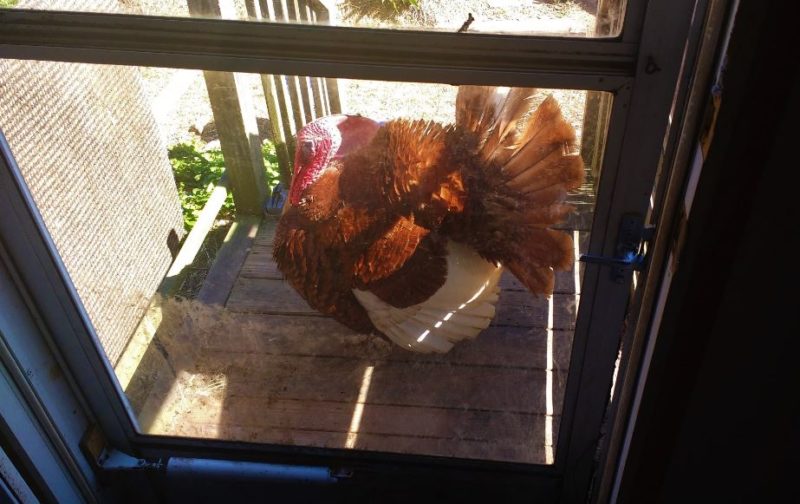
Now, if nothing I have said has convinced you to leave raising turkeys to others, then, you must really love turkey! If that’s the case, I can also tell you from experience that with good turkey-specific systems, you don’t have to lose as many turkeys as I did my first time through.
You can safely consider raising turkeys as long as you take into account these special concerns I’ve laid out above. Be prepared to handle a few extra challenges, set your expectations right for meat and egg production, and factor in additional costs, and losses.
Oh, and if you happen to fall in love with one of your exceptionally smart turkeys and decide to keep him as a pet, I hope you also get to experience the sheer joy of a turkey hug. There’s nothing like having a 40-pound gobbler put his head on your shoulder and sigh with contentment in your ear.
